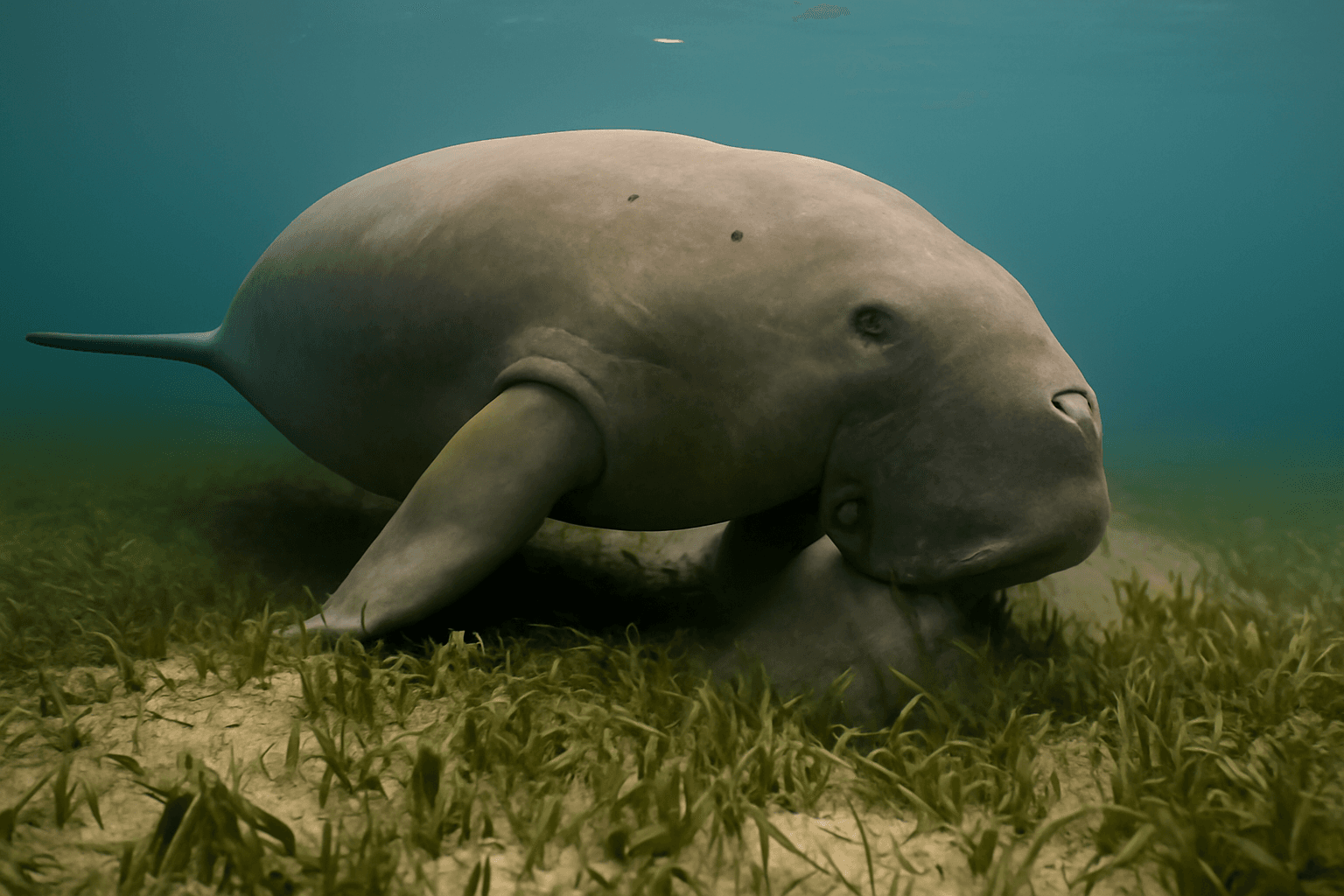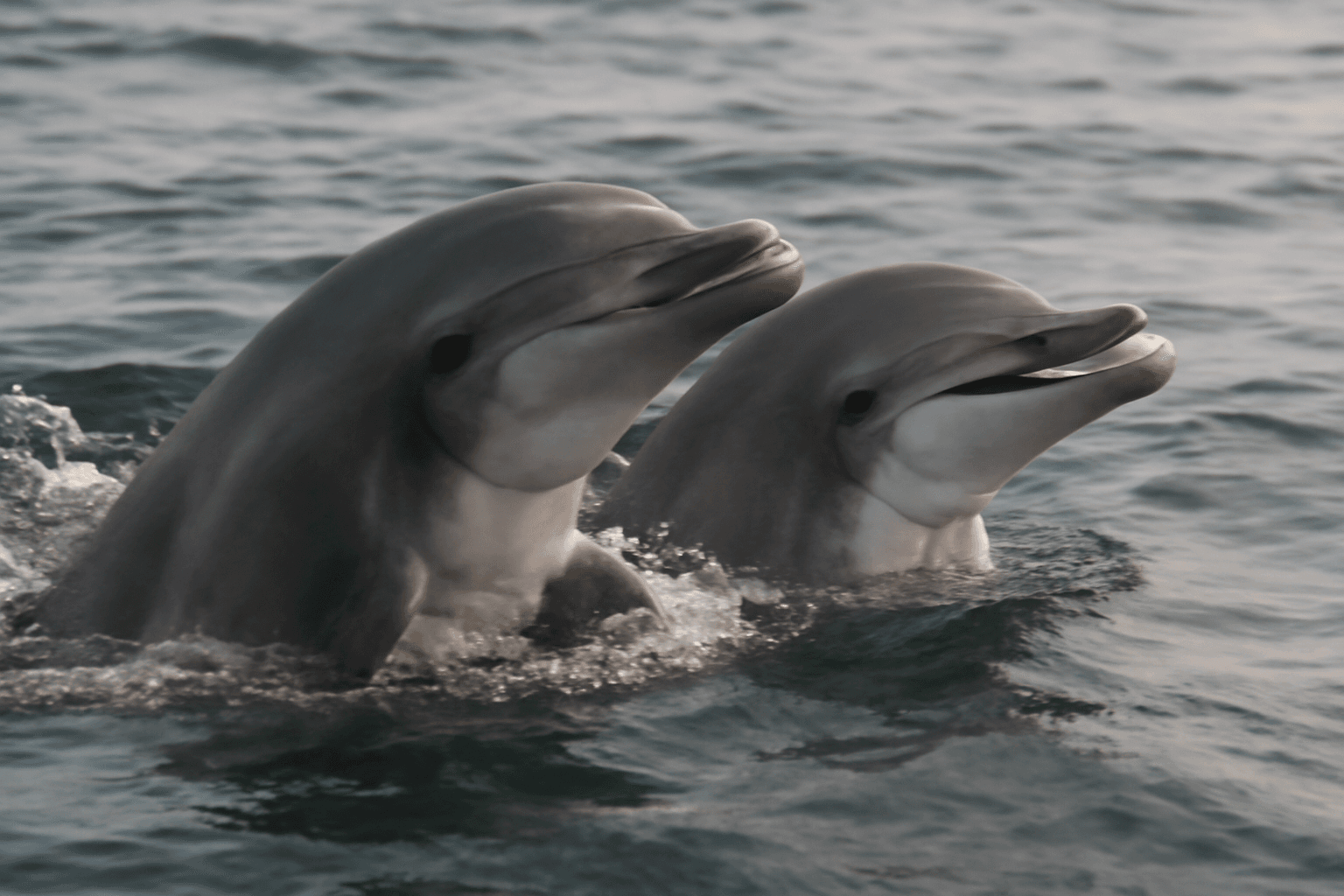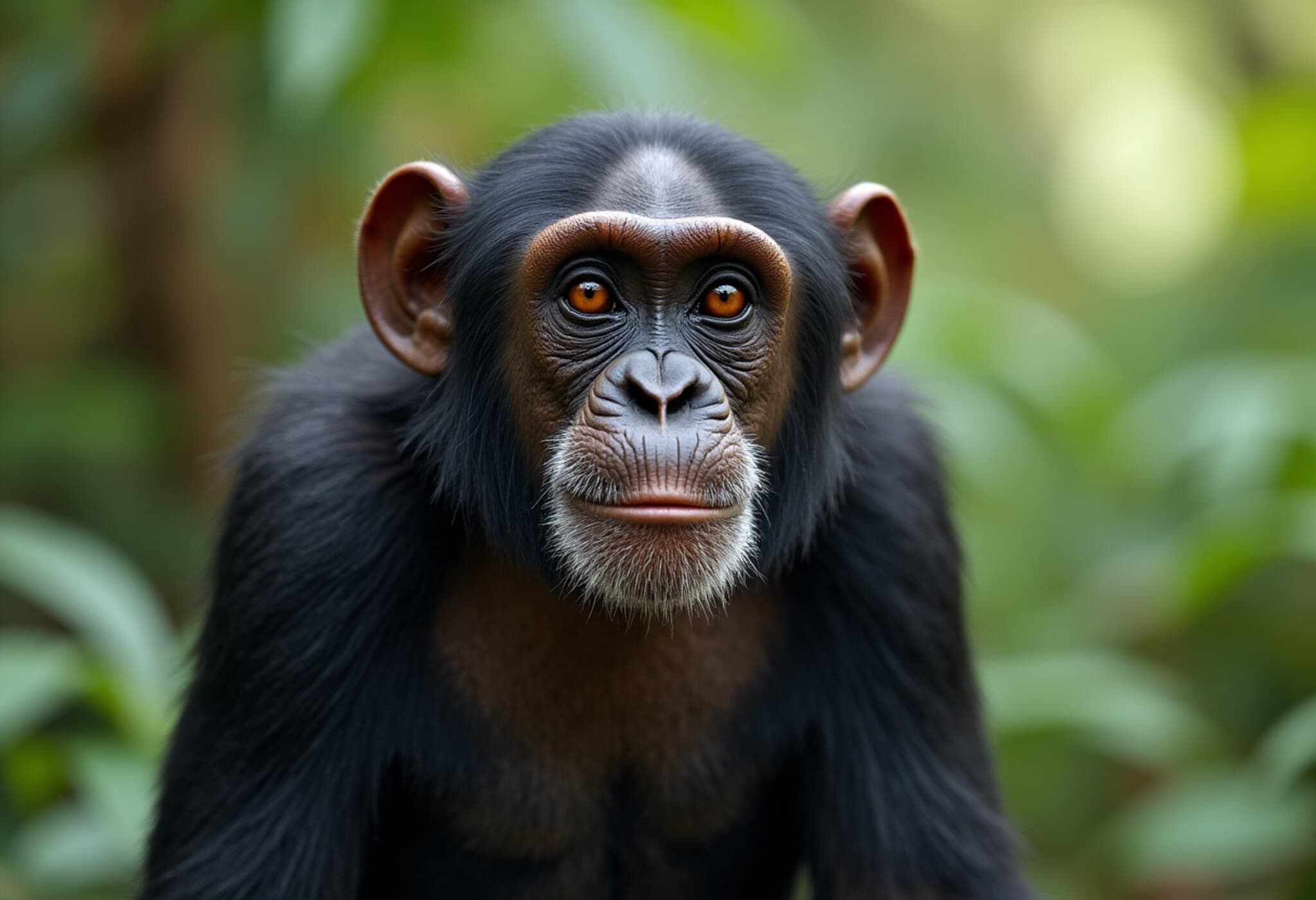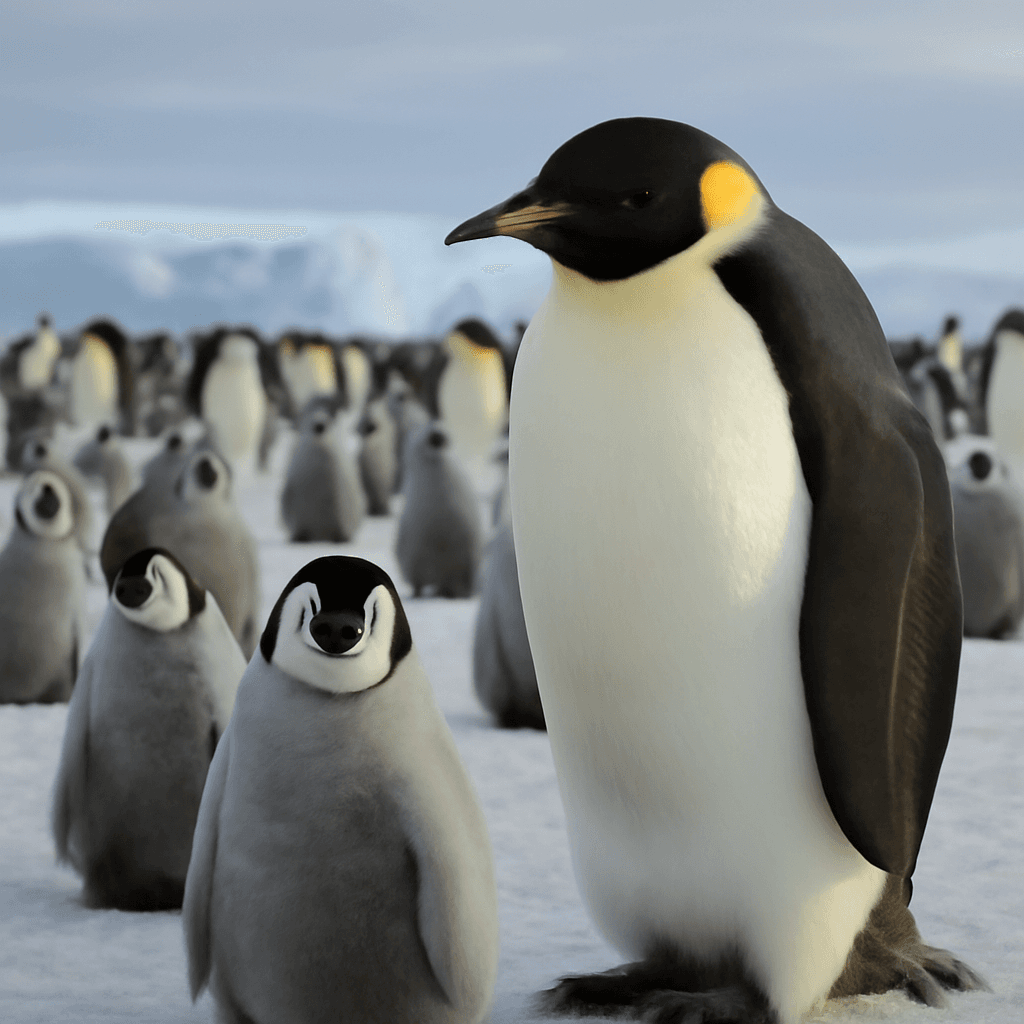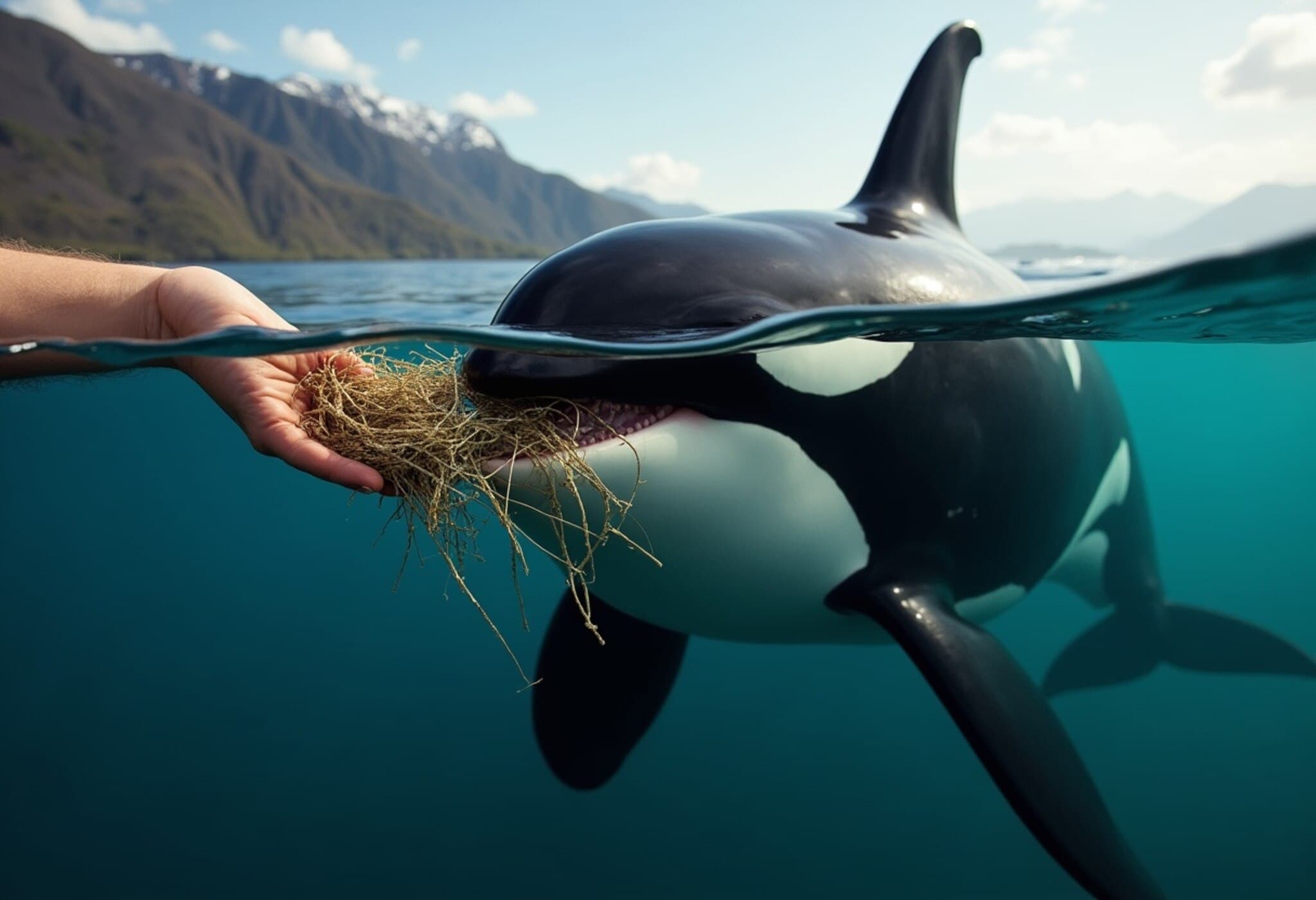Orcas Demonstrate Unique Tool-Making Behaviour Using Kelp
Orcas, widely known for their intelligence and complex social structures, have now been observed crafting and using tools in a way never before documented among marine animals. In a groundbreaking discovery, researchers witnessed these apex predators fashioning grooming tools from kelp stalks, revealing an unexpected facet of their behaviour.
Social Tool Use Captured by Drones in the Salish Sea
Thanks to drone technology, scientists studying orca pods in the Salish Sea have recorded detailed footage of these majestic creatures breaking off long kelp stipes and rolling them between their bodies in a coordinated grooming ritual. This represents the first confirmed case of tool-assisted grooming in marine wildlife.
Understanding the Significance of 'Allokelping'
While tool use is well documented in various land animals, it remains rare and challenging to study in aquatic environments. Orcas display sophisticated social behaviour by working in pairs or groups to manipulate kelp pieces, suggesting deliberate tool crafting. The process involves biting the kelp's narrow stipe to break off a segment, which is then actively rubbed against a podmate’s body as part of mutual grooming.
This behaviour, coined as “allokelping” (meaning kelp used for grooming others), could serve several functions, including removing dead skin or parasites. Parallel examples exist in other species—dolphin mothers use their flippers to groom calves, and primates occasionally engage in tool-assisted grooming, though such acts are rare and mainly observed in captivity.
Orcas Engage in Mutual Grooming Across Age and Gender
Observations span various members of the pod, showing individuals of different ages and sexes participating in kelp-based grooming. Notably, the behaviour is more frequent among close relatives and age peers, hinting at strong social bonds underpinning this activity. Researchers also noted a tendency for whales with skin conditions to use kelp tools more often, implying a possible health-related benefit.
The Southern Resident Killer Whales: A Well-Studied Yet Mysterious Group
Intriguingly, this discovery emerged from one of the world's most extensively studied orca populations: the critically endangered southern resident killer whales, composed of J, K, and L pods. Residing around the Pacific Northwest coastline between Canada and the United States, these whales have a rich observational history spanning nearly 50 years.
Despite consistent monitoring, this tool-making behaviour has gone unnoticed until now. The pods face multiple threats including noise pollution from ships, vessel collisions, and dwindling salmon stocks—their primary food source.
Intelligence and Cultural Complexity of Orcas
Orcas’ reputation for intelligence is firmly established. They exhibit diverse hunting techniques, complex vocal dialects passed down through generations, and socially transmitted behaviours. For instance, some Antarctic orcas employ crafty methods to capture seals, while others demonstrate distinct ‘fashion trends’ within their pods.
Orcas are actually the largest members of the dolphin family, reaching lengths up to nine metres and inhabiting oceans worldwide. Their species encompasses multiple ecotypes, each adapted to specific environments with varying diets, social habits, and migratory patterns.
Expanding Perspectives on Marine Mammal Tool Use
This pioneering observation challenges previous assumptions about marine mammal tool use, highlighting orcas’ ability to innovate and share behaviours socially—even without hands. While it remains to be seen how widespread this kelp grooming is among other orca groups or marine species, it opens exciting avenues for further research on cultural transmission and problem-solving in the ocean’s top predators.
Image credit: Center for Whale Research



